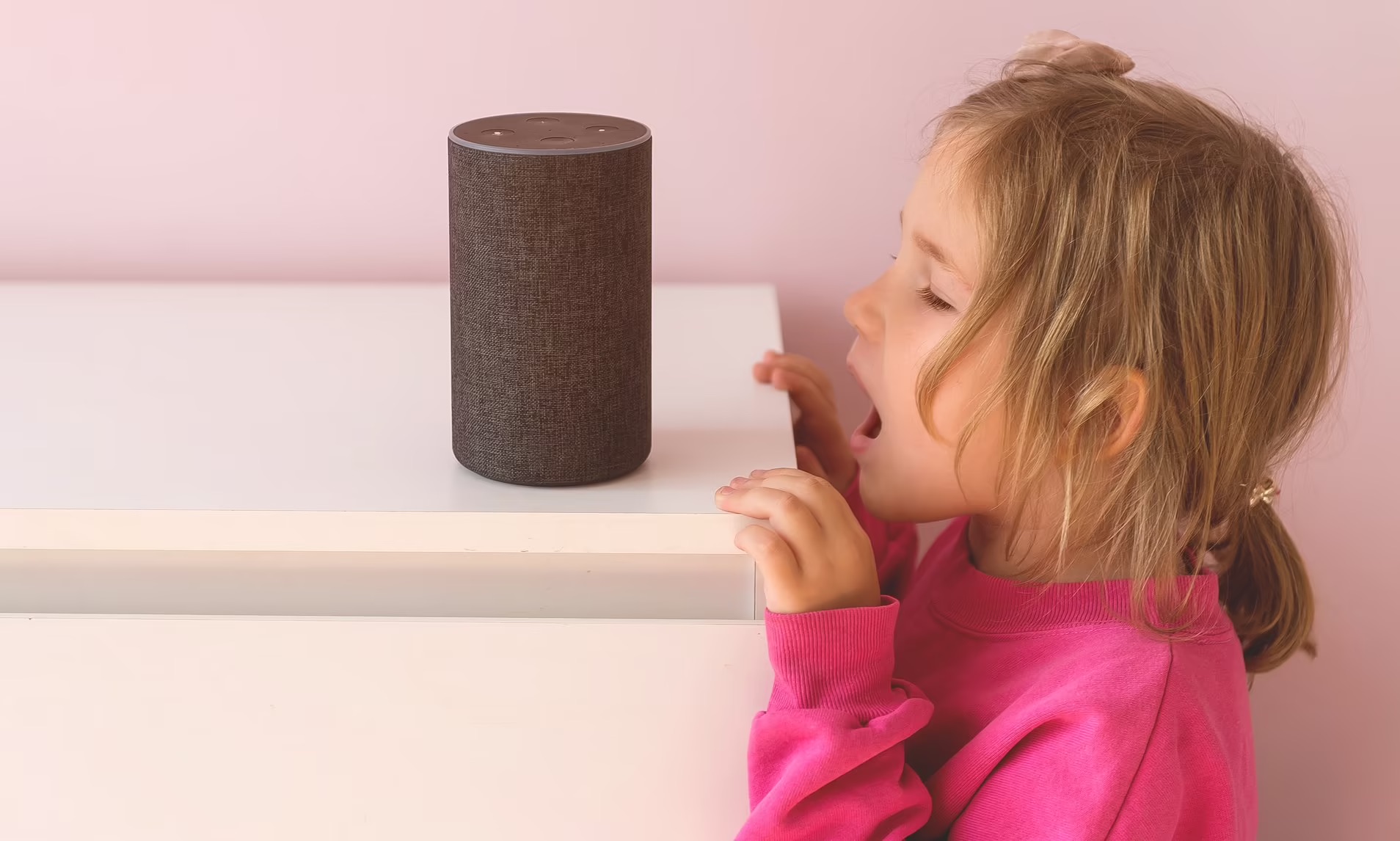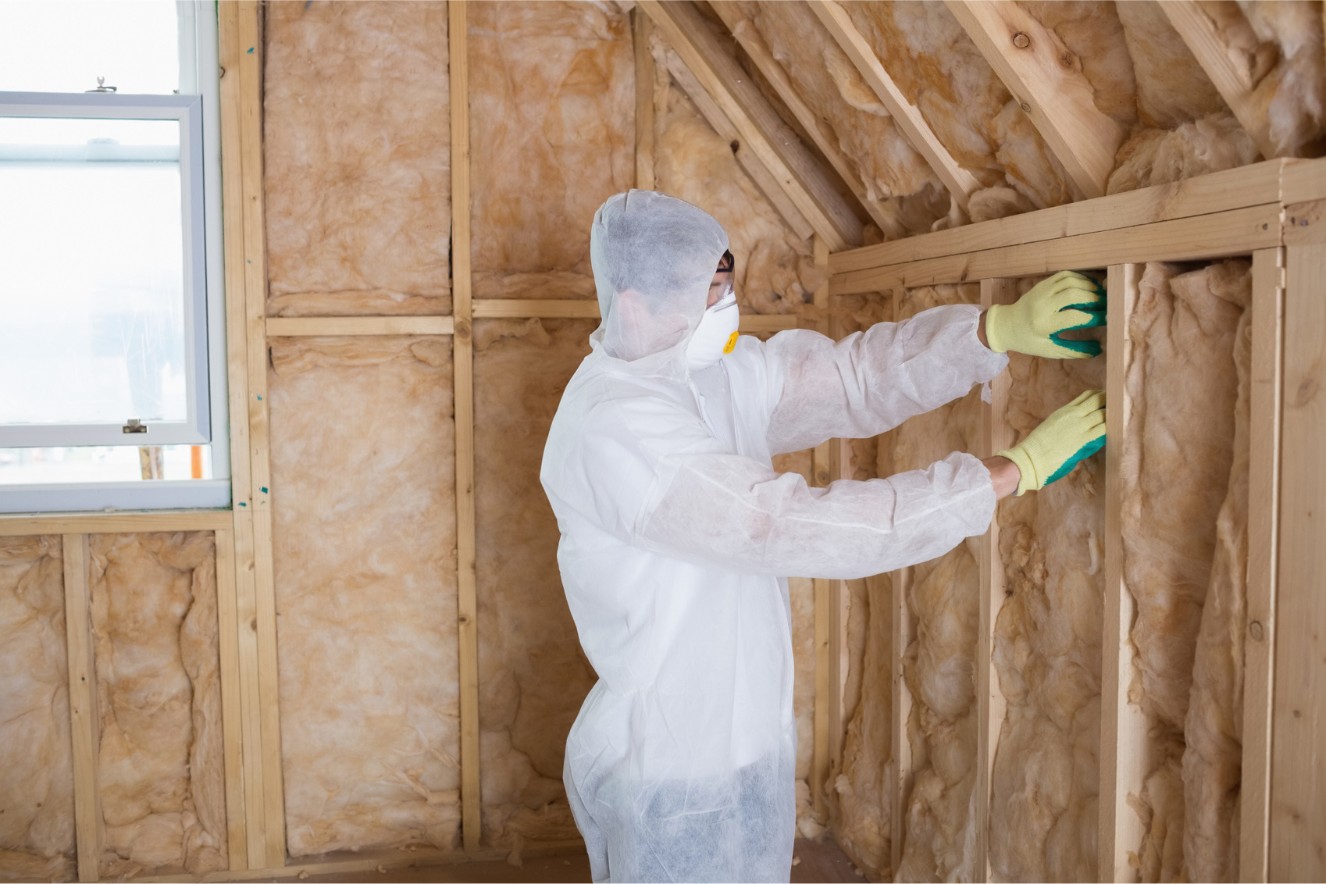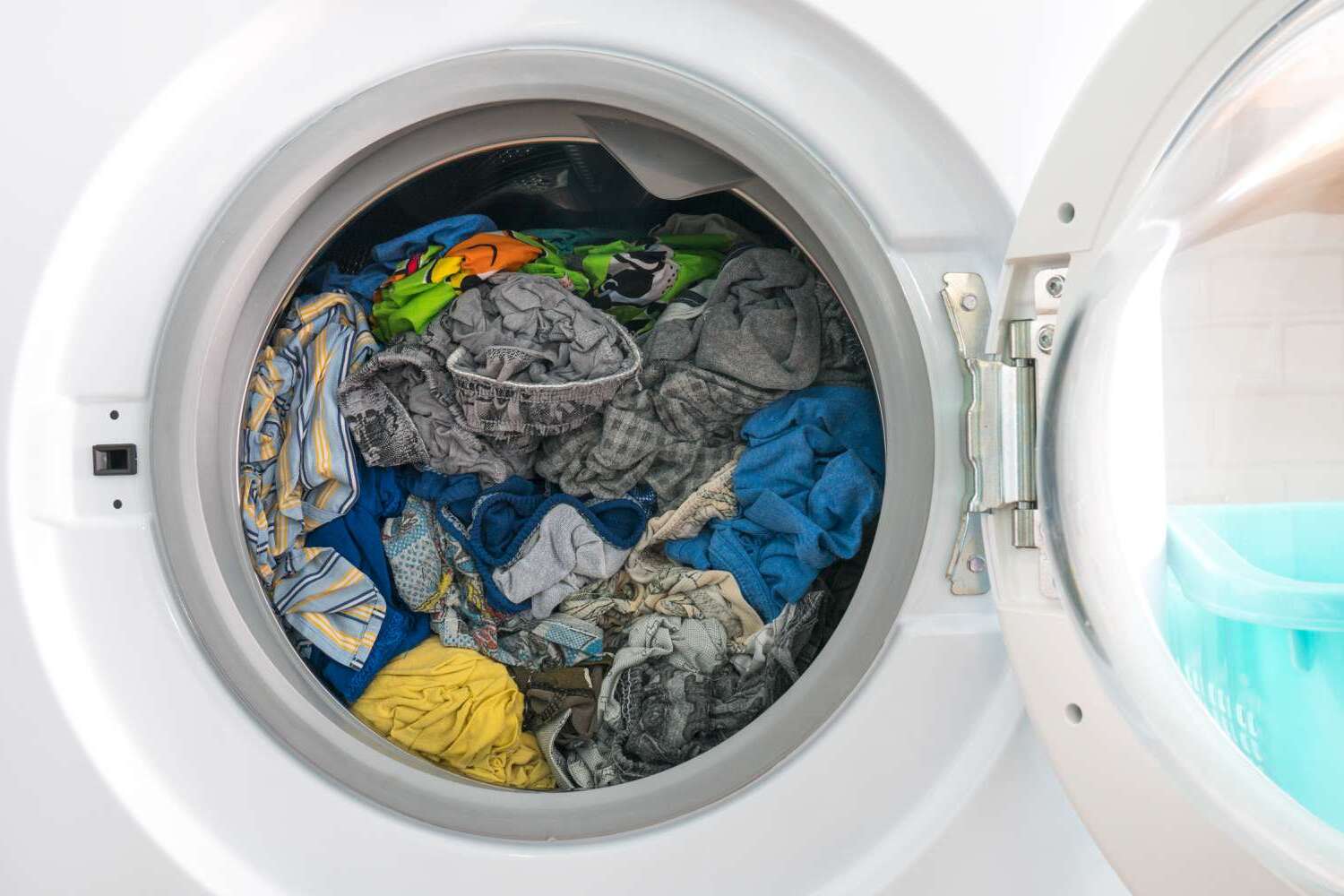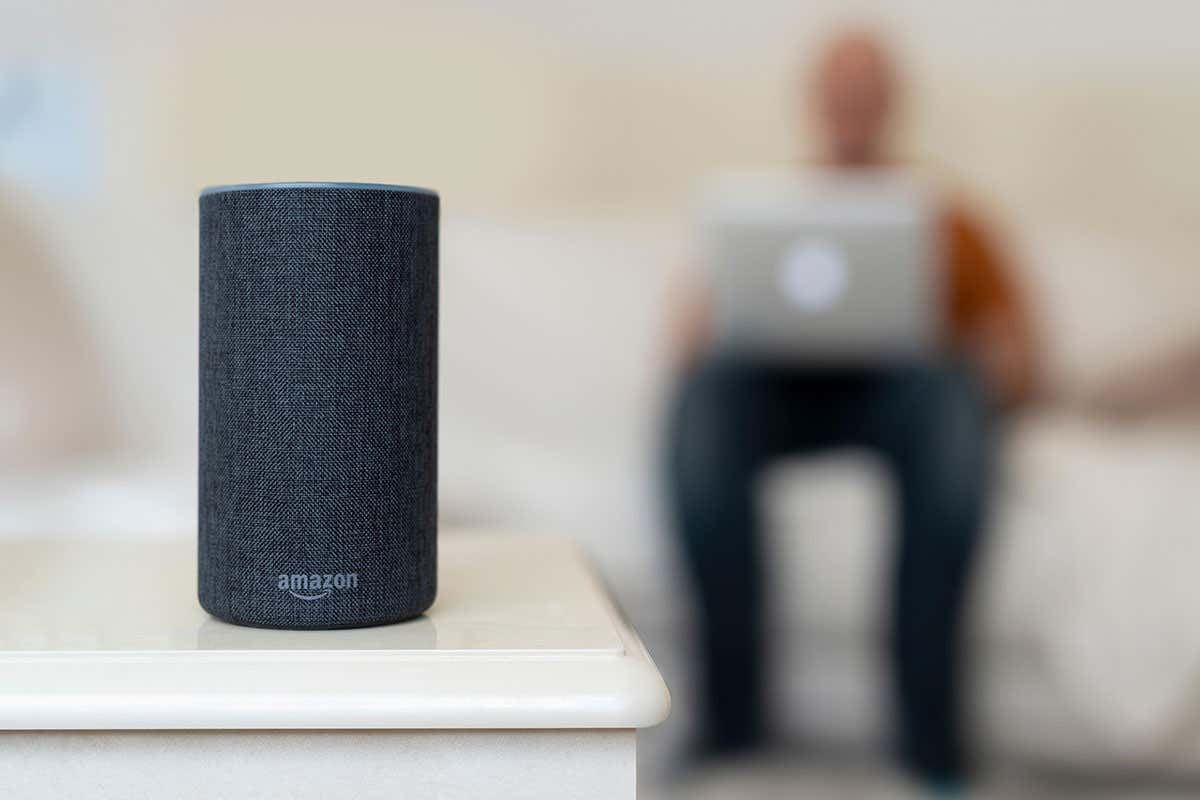Home>Home Appliances>Home Automation Appliances>What Happens If You Ask Alexa To Self-Destruct


Home Automation Appliances
What Happens If You Ask Alexa To Self-Destruct
Modified: January 4, 2024
Discover the consequences of asking Alexa to self-destruct and how it can impact your home automation appliances. Explore the potential risks and safeguards for this voice command.
(Many of the links in this article redirect to a specific reviewed product. Your purchase of these products through affiliate links helps to generate commission for Storables.com, at no extra cost. Learn more)
**
Introduction
**
Welcome to the age of smart homes, where voice assistants like Amazon’s Alexa have become ubiquitous, seamlessly integrating into our daily lives. These virtual assistants are designed to make our lives easier by performing a myriad of tasks, from setting reminders to controlling smart home devices. However, the fascinating capabilities of these AI-powered assistants have sparked curiosity and even amusement regarding their responses to unconventional commands. One such command that has piqued the interest of many is the request for Alexa to “self-destruct.”
In this article, we will delve into the intriguing realm of voice commands and explore what happens when you ask Alexa to self-destruct. We will unravel the potential risks, ethical considerations, and legal implications associated with such a request. So, let’s embark on this captivating journey to uncover the mysteries behind the interaction between humans and AI, and the implications of asking Alexa to engage in a self-destruct sequence.
**
Key Takeaways:
- Alexa’s response to “self-destruct” commands is lighthearted and safe, but asking repeatedly can impact user experience and may lead to unintended consequences. Approach interactions with mindfulness and respect.
- When engaging with Alexa, consider the ethical and legal implications of unconventional commands. Respect user privacy, consent, and intent, and promote responsible and respectful interaction with AI technology.
Read more: What Can I Ask Alexa To Do
How Does Alexa Respond to Self-Destruct Commands?
**
Asking Alexa to self-destruct may seem like a playful or whimsical query, but it’s important to understand how Amazon’s voice assistant actually responds to such commands. When prompted with the directive to “self-destruct,” Alexa’s response is lighthearted and designed to maintain the user’s engagement while adhering to ethical guidelines and safety protocols.
Instead of initiating a destructive sequence, Alexa typically responds with a witty and reassuring reply, often incorporating humor or pop culture references to defuse the situation. The response may include a playful remark such as, “I’m afraid I can’t do that, Dave,” a nod to the iconic AI character HAL 9000 from “2001: A Space Odyssey.” Alternatively, Alexa might humorously dismiss the request with a response like, “I’m not a spaceship, and I’m definitely not about to explode!”
It’s essential to recognize that Alexa’s responses to unconventional commands are carefully crafted to prioritize user safety and prevent any unintended consequences. By infusing humor and tactful deflection into its replies, Alexa maintains a positive and engaging user experience while upholding ethical standards and promoting responsible interactions with AI technology.
**
Potential Risks of Asking Alexa to Self-Destruct
**
While the notion of asking Alexa to self-destruct may be rooted in curiosity or amusement, it’s crucial to acknowledge the potential risks associated with issuing such commands. Despite the playful nature of the request, there are several considerations that warrant careful attention.
-
Misinterpretation of Intent:**
When users ask Alexa to self-destruct as a lighthearted jest, there is a risk of misinterpretation, especially in scenarios where the command is uttered in a context that could be misconstrued as a genuine emergency. This could potentially lead to confusion or unnecessary concern, particularly in environments where others may overhear the interaction.
-
Unintended Consequences:
While Alexa’s responses to self-destruct commands are designed to be light-hearted and non-threatening, there is a slim possibility that such prompts could trigger unintended consequences or misunderstandings, especially if the request is made in a context where clarity is crucial, such as during a demonstration or in a professional setting.
-
Impact on User Experience:
Repeatedly asking Alexa to self-destruct, even in jest, may lead to a diminished user experience by perpetuating a pattern of non-serious or frivolous interactions. This could potentially detract from the overall utility and value of the voice assistant, impacting its ability to effectively fulfill genuine user needs and requests.
It’s important to approach interactions with voice assistants, including playful commands, with mindfulness and consideration for the potential implications. While Alexa’s responses are designed to maintain a light-hearted tone, users should be cognizant of the impact of their requests and strive to foster responsible and respectful engagement with AI technology.
**
Never ask Alexa to self-destruct, as it is not a feature and could potentially cause harm to the device. Always use voice commands responsibly.
Ethical and Legal Considerations
**
When exploring the realm of voice commands and interactions with AI-powered assistants like Alexa, it’s imperative to delve into the ethical and legal dimensions that underpin these engagements. As technology continues to evolve, ethical considerations and legal frameworks play a pivotal role in shaping responsible usage and mitigating potential risks.
Privacy and Data Security:
One of the foremost ethical considerations pertains to privacy and data security. Voice assistants are privy to sensitive information, and the inadvertent or intentional triggering of self-destruct commands could potentially compromise user privacy or lead to unintended data disclosures. It is essential for users to exercise caution and be mindful of the implications of their interactions with Alexa and other voice assistants.
User Consent and Intent:
Respecting user consent and intent is paramount in the ethical utilization of voice commands. While asking Alexa to self-destruct may be intended as a harmless inquiry, it is crucial to ensure that such interactions align with the user’s genuine intent and do not infringe upon the trust and expectations associated with AI-powered devices.
Legal Implications and Liability:
From a legal standpoint, the implications of issuing self-destruct commands to voice assistants may vary based on jurisdiction and context. In scenarios where such commands lead to misunderstandings or unintended consequences, questions of liability and responsibility may arise. It is essential for users to be cognizant of the legal ramifications of their interactions with voice assistants and to exercise prudence in their usage.
Promoting Responsible Engagement:
Ultimately, fostering responsible and ethical engagement with voice assistants involves a collective effort. Users, developers, and technology companies all play a role in upholding ethical standards and promoting a culture of mindful and respectful interaction with AI-powered devices. By adhering to ethical guidelines and legal frameworks, we can harness the potential of voice assistants while mitigating potential risks and safeguarding user privacy and trust.
**
Conclusion
**
The interaction between humans and AI-powered voice assistants like Alexa has ushered in a new era of convenience, connectivity, and technological marvel. As we navigate this dynamic landscape, it’s essential to approach our interactions with mindfulness, respect, and a keen awareness of the ethical and legal considerations that underpin our engagements.
Asking Alexa to self-destruct, while often lighthearted and playful in nature, carries with it a tapestry of implications. From the potential for misinterpretation and unintended consequences to the ethical and legal dimensions that frame our interactions, the act of issuing unconventional commands to voice assistants warrants thoughtful consideration.
By understanding the nuances of Alexa’s responses to self-destruct commands and acknowledging the potential risks, we can foster a culture of responsible and respectful engagement with AI technology. It is incumbent upon users to exercise prudence, developers to uphold ethical standards, and technology companies to prioritize user privacy and data security.
As we continue to embrace the wonders of smart homes and AI-powered assistants, let us embark on this journey with a spirit of curiosity, tempered by a commitment to ethical usage and a deep appreciation for the transformative potential of technology. By navigating this landscape with care and consideration, we can harness the boundless benefits of AI while safeguarding the trust, privacy, and well-being of users.
So, the next time you’re tempted to ask Alexa to self-destruct, remember the myriad implications that underlie this seemingly innocuous request, and let’s continue to navigate the evolving frontier of human-AI interactions with wisdom, responsibility, and a touch of wonder.
Frequently Asked Questions about What Happens If You Ask Alexa To Self-Destruct
Was this page helpful?
At Storables.com, we guarantee accurate and reliable information. Our content, validated by Expert Board Contributors, is crafted following stringent Editorial Policies. We're committed to providing you with well-researched, expert-backed insights for all your informational needs.
















0 thoughts on “What Happens If You Ask Alexa To Self-Destruct”